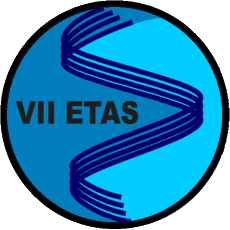
S.M. Jesus sjesus@ualg.pt
A. Silva asilva@ualg.pt
O.C. Rodríguez orodrig@ualg.pt
Institute for Systems and Robotics, Universidade do Algarve,
Campus de Gambelas, PT-8005-139 Faro, Portugal.
Comments: download pdf
file.
Ref.: invited at the VII Encontro de Tencolologia em Acustica Submarina (ETAS), Rio
de Janeiro, Brasil, November 2007.
Abstract
One of the greatest impairements for the usage of underwater acoustics for ocean observation
(tomography, bottom inversion) is the size, weight, power consumption and cost of the
equipment normally used for signal transmission and reception. Most of the studies and
methods developed in the last 20/30 years were devoted to the low frequency band, that we
arbitrarly place below 2 kHz. At the other end, frequencies over 50 kHz have been used in
the same period for ocean observation applications such as multibeam and sidescan sonar
and Acoustic Doppler Current Profilers, with an enormous scientific and comercial success.
The High Frequency Intiative (HFi), started in 2004, has the objective to study both theoretically,
through propagation models and experimentally, the usage of high frequency underwater acoustics,
for ocean observation, underwater communications, target detection and surveillance.
HFi targets the frequency band between 2 and 50 kHz. This paper presents the main issues
under HFi, modelling and experimental results obtained so far.
Acknowledgement: this work
was supported under projects NUACE, RADAR and UAB, POCI and POCTI programs from FCT (Portugal).